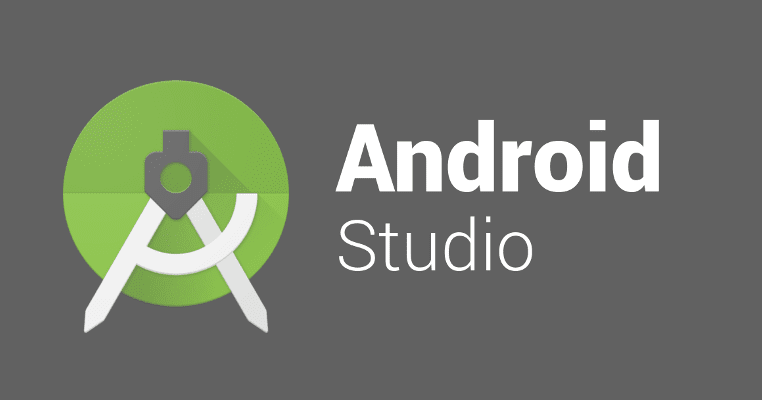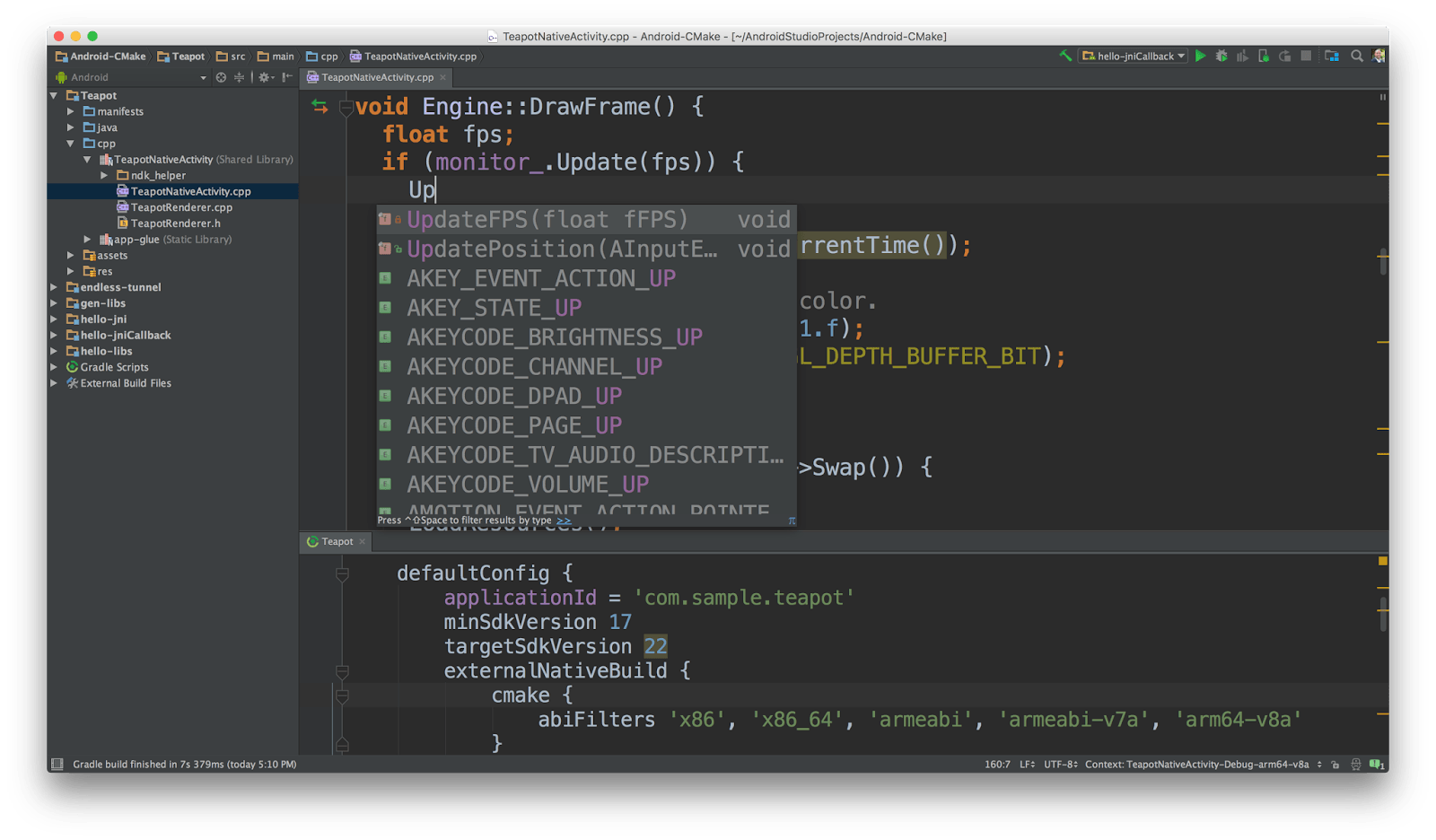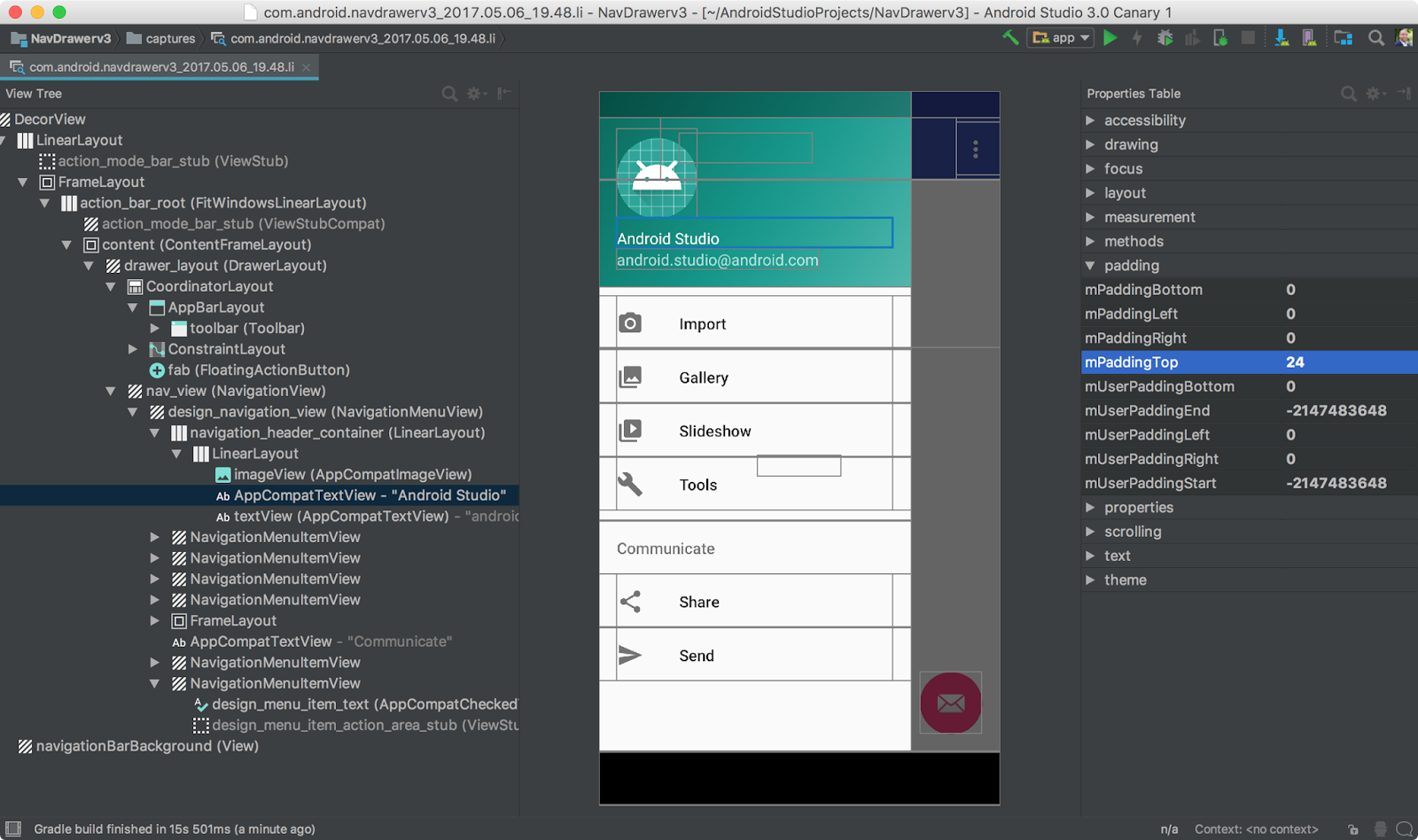

- #WHAT VERSION OF JAVA FOR ANDROID STUDIO HOW TO#
- #WHAT VERSION OF JAVA FOR ANDROID STUDIO INSTALL#
- #WHAT VERSION OF JAVA FOR ANDROID STUDIO SOFTWARE#
- #WHAT VERSION OF JAVA FOR ANDROID STUDIO PC#
Just a friendly reminder to the LC MGMT - if you advertise your product as truly X-platform - you must get your docs right "on time" - you must not say - oh Apple did something with Xcode in the new version where we struggle with same for Oracle Java and Android. otherwise some parts the Android SDK/API will be missing and the LC IDE will recognise neither the Android SDK nor the Java JDK! SO in Android Studio (start screen) go to configure > Android SDK > select the Version and activate "Show Package Details" !!! - just select all for each Version (I didn't wanna waste my time with finding out what part is missing - so in the interest of time I picked them all).
#WHAT VERSION OF JAVA FOR ANDROID STUDIO INSTALL#
Panos forgot to add: For all "first time users" who want or have to start with Android Studio > 3.1 and LC > 9.5, they have to install also the included sub-packages ref to each SDK (eg Pie) + Legacy support as explained by Panos in this DOC. You may have to navigate one level deeper into the folder hierarchy to access the root folder. This indicates that the path you specified is not pointing at the Android SDK root. Please ensure you have installed it correctly, and enabled support for Android 10.0. The following error message may be raised if something is wrong with your set up: The chosen folder is not a valid Android SDK. If this is not the case, on macOS, try deleting the directory /Library/Internet Plug-Ins/ugin/ and then choose the Android SDK root folder again. Then, the path to your Java Developent Kit (JDK) is auto-filled. This ensures that you have selected a valid location and have the required Android components installed.

Validation checks are made once you specify the location of the Android SDK root. " button under Android SDK and choose the folder containing the Android SDK root. This dialog allows you to configure the path to the Android SDK root, which you should already have installed. Launch the LiveCode IDE and select LiveCode -> Preferences on Mac or Edit -> Preferences on Windows to launch the Preferences menu. The next step is to launch LiveCode and configure it to interface with the Android SDK.
#WHAT VERSION OF JAVA FOR ANDROID STUDIO SOFTWARE#
And so, it'll be a waste of time for you to continue any further with the steps.By now, you should have successfully installed the required software in your development environment.
#WHAT VERSION OF JAVA FOR ANDROID STUDIO PC#
If your PC is too old or fails to meet the above requirements, you won't be able to install the program properly.
#WHAT VERSION OF JAVA FOR ANDROID STUDIO HOW TO#
If you're not sure about your PC's specifications, do check out our guide on how to check a PC's hardware specs. 12GB of available disc space is required (IDE + Android SDK + Android Emulator).x86_64 CPU architecture 2nd generation Intel Core or newer or AMD CPU with Hypervisor support.

Your PC must meet the following requirements to run Android Studio efficiently: The System Requirements for Android Studio on Windows For this, you must check the below-mentioned requirements once.

If the installer crashes or closes with a random error code, the chances are that your PC doesn't meet the minimum system requirements. Moreover, if you want to know more about the reasons, we've already explained why SSDs are better than HDDs. You should use SSD storage when working with Android Studio to get better performance and faster processing.


 0 kommentar(er)
0 kommentar(er)
